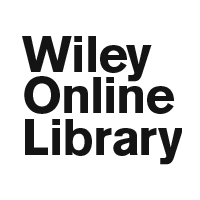Selective Laser Melting (SLM) or laser beam powder bed fusion of metals (PBF‐LB/M) is a promising technology to fabricate metallic components with complex geometries. However, determining process windows for specific materials and SLM machines by trial‐and‐error experiments is time consuming and expensive. Numerical simulation has been demonstrated as an efficient way to aid the process development. A crucial aspect in simulating SLM is the absorption and reflection of the laser heat source by the material. While there exist elaborated ray tracing approaches and absorption models, the most important drawback is to measure a reliable reflection coefficient of the material for different temperatures and phases. In this work, we discuss the application of a laser beam absorption model for SLM of metal alloys in the high temperature regime. The model bases on fundamental physical laws by taking reflection, refraction and absorption into account. The corresponding reflection coefficient is related to other physical quantities, like the electrical resistivity, which are easier to measure. The computed reflection coefficients by this model are compared with reflection coefficient measurements of liquid NiFe alloys and with SLM of SS316L and Ti‐6Al‐4V. Finally, the laser beam absorption model is implemented in SAMPLE,2D,2D a software for simulation of additive manufacturing on the powder scale, and is exemplary applied on single track melting experiments on compact Ti‐6Al‐4V plates.

